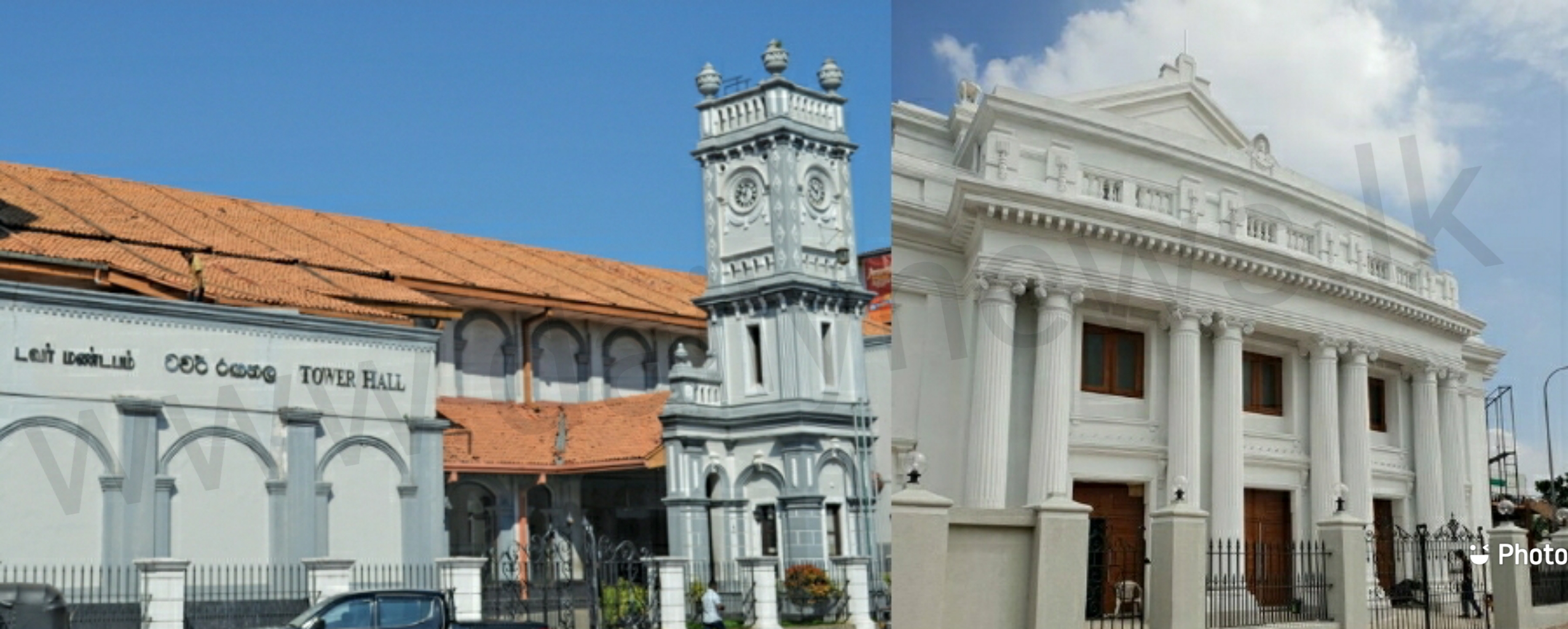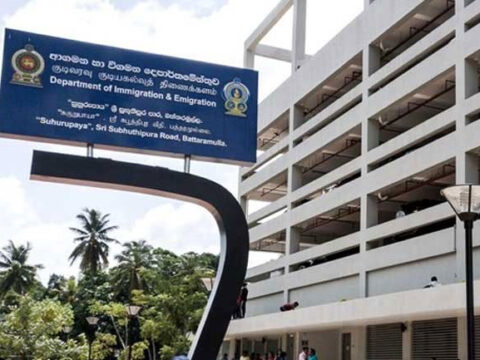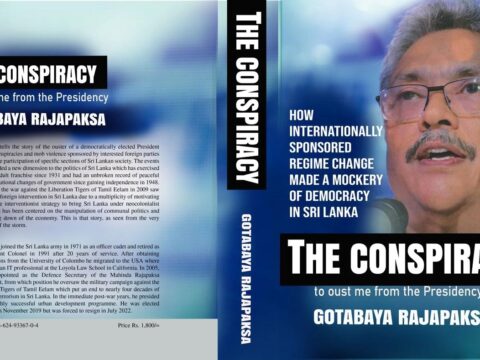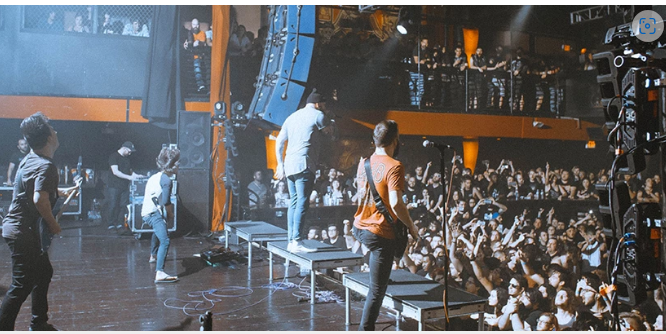
Fronted with a series of double Ionic columns, the early 20th-century structure was built by the legendary Madan Theatres Ltd, a Calcutta-based company founded by Parsi business tycoon Jamshedji Framji Madan, who is considered one of the pioneers of Indian cinema.
Madan, who in 1907 built India’s first permanent cinema theatre — Elphinstone Picture Palace — in Calcutta (now Kolkata), in his company’s heyday, owned a film production, exhibition and distribution empire with branches as far as Rangoon and Colombo.
Many of these cinemas, spread across India, from Patna to Delhi, were christened ‘Elphinstone Picture Palace’ and so were named its overseas film theatre in the capital of then-British-era Ceylon (now Sri Lanka).
”Elphinstone Theatre, which was purpose-built to screen motion pictures, since its inception has shown silent films, and later welcomed the era of talkies too. It is a pride of Colombo and stands today as one of its key landmarks not far from the historic Tower Hall and the charming Maradana railway station,” its former manager, Chameera Susitha Fernandes, told PTI here.
”It exhibited films in English, Sinhala, Hindi and Tamil, and people used to make a beeline to watch shows at ‘Elphinstone’,” he said.
For the last 15-odd years, it has been fully turned into a performing arts theatre, and has not been serving as a cinema theatre since then, says Fernandes, its manager from 2019 to June 2023. He added it is now managed by the Tower Hall Theatre Foundation, under the Sri Lankan government.
Asked about the Indian connection of the 98-year-old majestic theatre, he said, ”I know it was owned by Madan Theatres originally. We tried to look into the archives to get more details but in vain.” The former manager of the ‘Elphinstone’ said he considered the theatre building a ”cinematic bridge” between India and Sri Lanka.
But Madan, despite being a legend and a ”movie mogul”, according to some experts, is as much forgotten in his own country as in places abroad where his film empire once extended, barring in film academic circles.
Jamshedji Framji Madan, or J F Madan, was born in 1856 in Navsari (in today’s Gujarat) and began his career first as a curtain-puller and then as a small actor in Parsi theatre as part of the Elphinstone Dramatic Club in Bombay (now Mumbai), according to website of Madan Theatres Research Group, a portal set up by some of his descendants.
In 1885, he set up his own business as a wine merchant and general provisions supplier under the banner of ‘J F Madan & Co.’, with its head office in Calcutta. In 1902, he established the Elphinstone Bioscope Company to exhibit films in Calcutta in tents, it says.
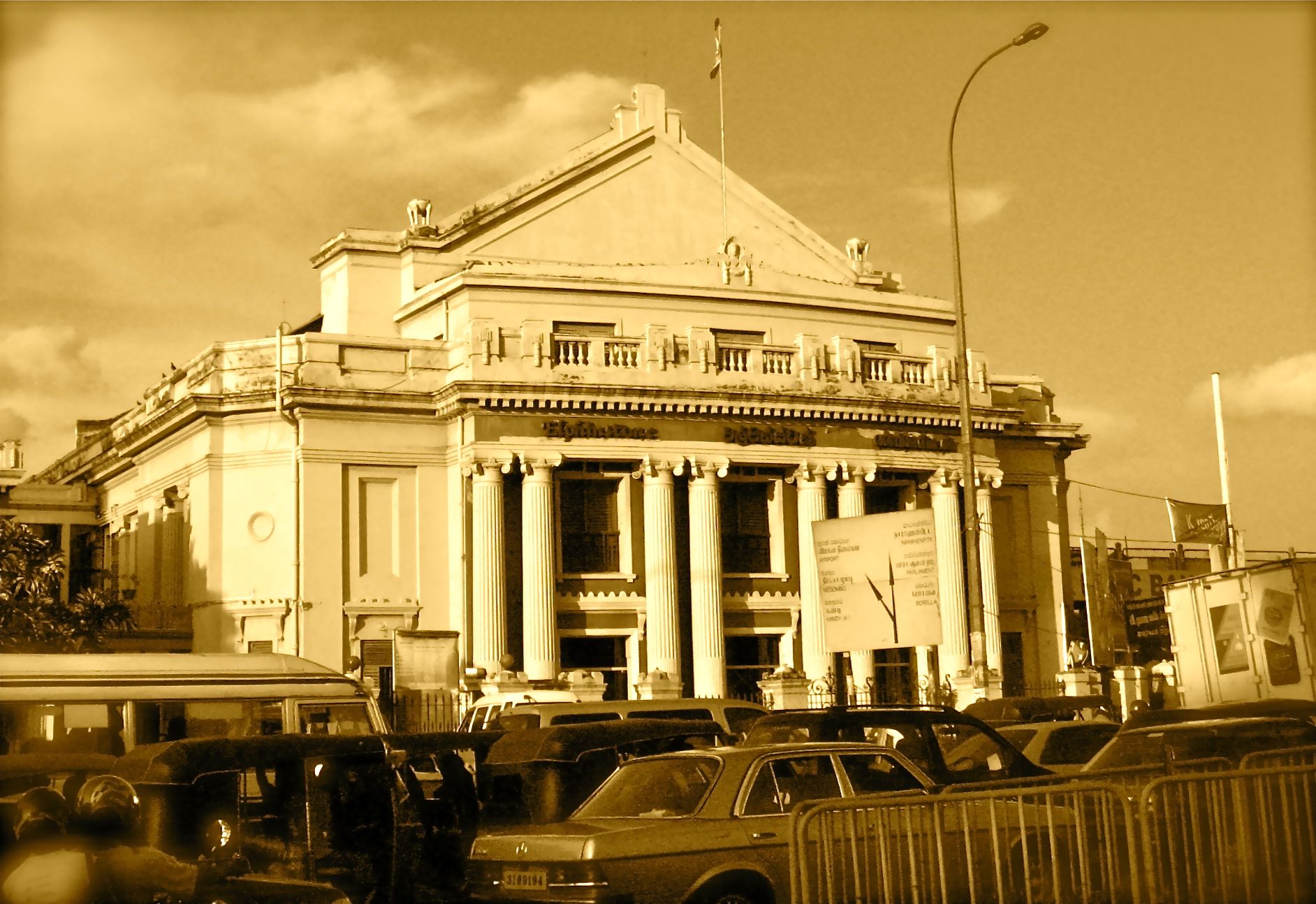
”Madan was a pioneer in many ways, he began showing tent cinema near Calcutta’s Maidan under his Elphinstone Bioscope Company, which eventually became Madan Theatres, and it turned into a joint stock company in 1919. He was a movie mogul and his empire extended from Calcutta to Colombo,” the founder of the Film Heritage Foundation (FHF), Shivendra Singh Dungarpur, told PTI.
Madan Theatres grew to become the largest filmmaker, distributor and theatre business in India.
”At its peak, Madan Theatres controlled half of India’s box office income and is said to have owned or controlled 127 theatres,” according to the Madan Theatres Research Group.
The Parsi pioneer was also a filmmaker and made silent films and talkies, besides making cinema reels of various events and places, and needs to be celebrated.
”Outside film scholarly circles, Madan’s legacy is unfortunately fading,” Dungarpur lamented.
Mumbai-based FHF screened the restored silent era classic ‘Behula’ (1921), made under the banner of Madan Theatres, in Mumbai in December 2022 as part of a film restoration workshop.
Before the construction of the current building of the Elphinstone Picture Palace in Colombo, Madan Theatres had also set up the Empire Theatre in the city, and both Indian and British-made films were shown in Ceylon, according to archival documents. It was later demolished.
While Elphinstone Theatre’s edifice today gleams in pearly white shine, its foundation stone embedded at a corner of the building is barely recognisable.
The foundation stone was laid by the then-mayor of Colombo, H E Newham, in October 1925, the faded inscription on the plaque reads.
Madan died in 1923, aged 67, in Calcutta, and his son J J Madan then took over the family business reins and inherited an impressive legacy left behind by his father.
Scholar Vilasnee Tampoe-Hautin, in her research paper titled ”Primitives, Pioneers and Places of Cinema in Colonial Ceylon (1890-1940)”, mentions how Madan and his film business firm expanded its footprint in Ceylon and regaled audiences.
On January 11, 1931, Charlie Chaplin’s silent movie, ”A Night Out” (1915), was shown at the Elphinstone Theatre in Colombo. The same year, local audiences were treated to ”One Wonderful Night” (1922) by Stuart Paton, and James Flood’s ”The Man without a Conscience” (1925), it says.
Indian cinema likewise gained in popularity, as evidenced by the remarkable and unexpected success of the South Indian film ”Chinthamani” released at the ‘Elphinstone’ in the 1930s, she writes in her paper.
Owing to multiple factors, Madan Theatres’ fortunes began to dwindle later and in 1937, it produced its last film. Its properties in Colombo changed hands, and ‘Elphinstone’ eventually came under the Sri Lankan government.
An old plaque installed on its wall reads that the opening of the redeveloped Elphinstone Theatre and inauguration of the Lionel Edirisinghe Centre for Performing Arts of the Tower Hall Theatre Foundation was done by then Sri Lankan President J R Jayewardene and then Prime Minister R Premadasa on October 9, 1988.
The opening ceremony of the 11th Conference of the International Federation of Non-Governmental Organisations for the Prevention of Drug & Substance Abuse (IFNGO) was held at the renovated Elphinstone Theatre in November 1989 with then Sri Lankan President delivering the keynote address, according to the proceedings of the conference.
With the closure of the cinema at the 98-year-old theatre, the building remains one of the key venues in Colombo for hosting plays, drama and other cultural performances.
Dayaratna Ranawaka, a Colombo resident, who has been driving an auto-rickshaw for the last 30-odd years for livelihood, remembers watching Sinhala and Hindi films at the theatre.
He points out the name of the theatre, ‘Elphinstone’, written aesthetically on its facade, using metallic blocks in Sinhala, English and Tamil, respectively.
”Previously, it used to be just ‘Elphinstone Picture Palace’, written in English on top of the facade when it was a cinema,” Ranawaka recalled.
In the compound of the theatre, a gleaming statue of Sri Lankan screen legend Gamini Fonseka stands proudly, and his body of cinematic work is inscribed on a wall near his life-size statue on a high pedestal.
But, cinema or no cinema, the legend of ‘Elphinstone’ in Colombo lives on in an era of shrinking single-screen theatres and rising multiplexes.
(This story has not been edited by Devdiscourse staff and is auto-generated from a syndicated feed.)
© Devdiscourse
